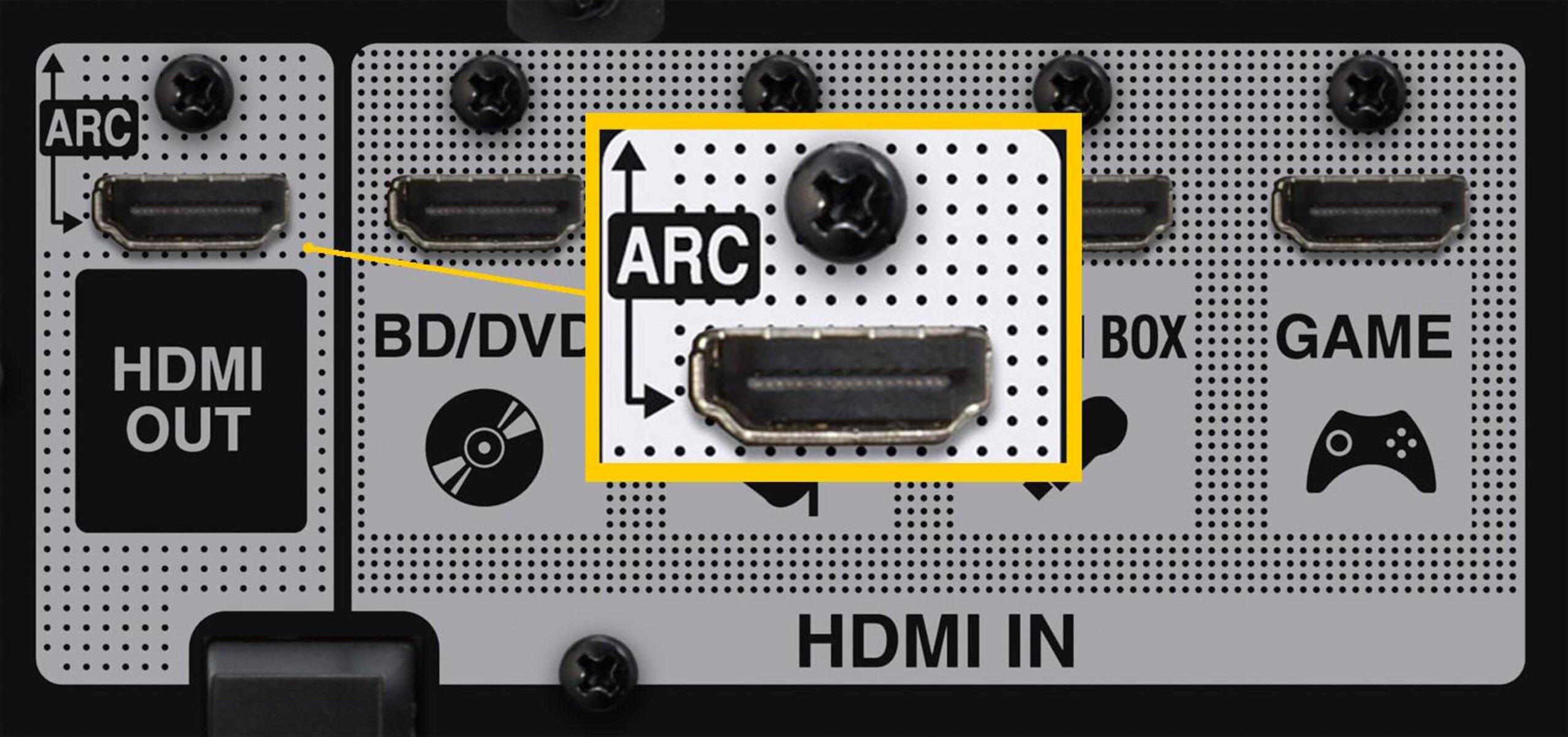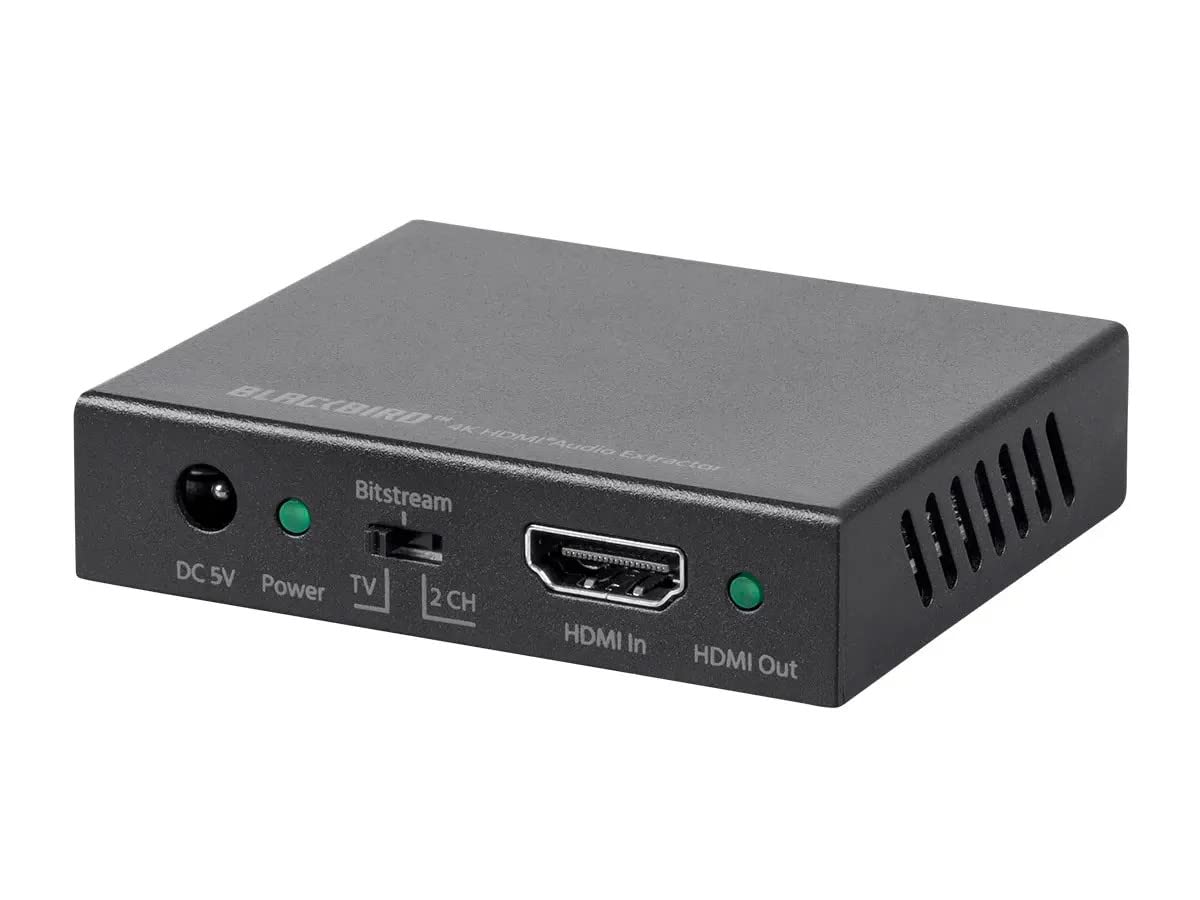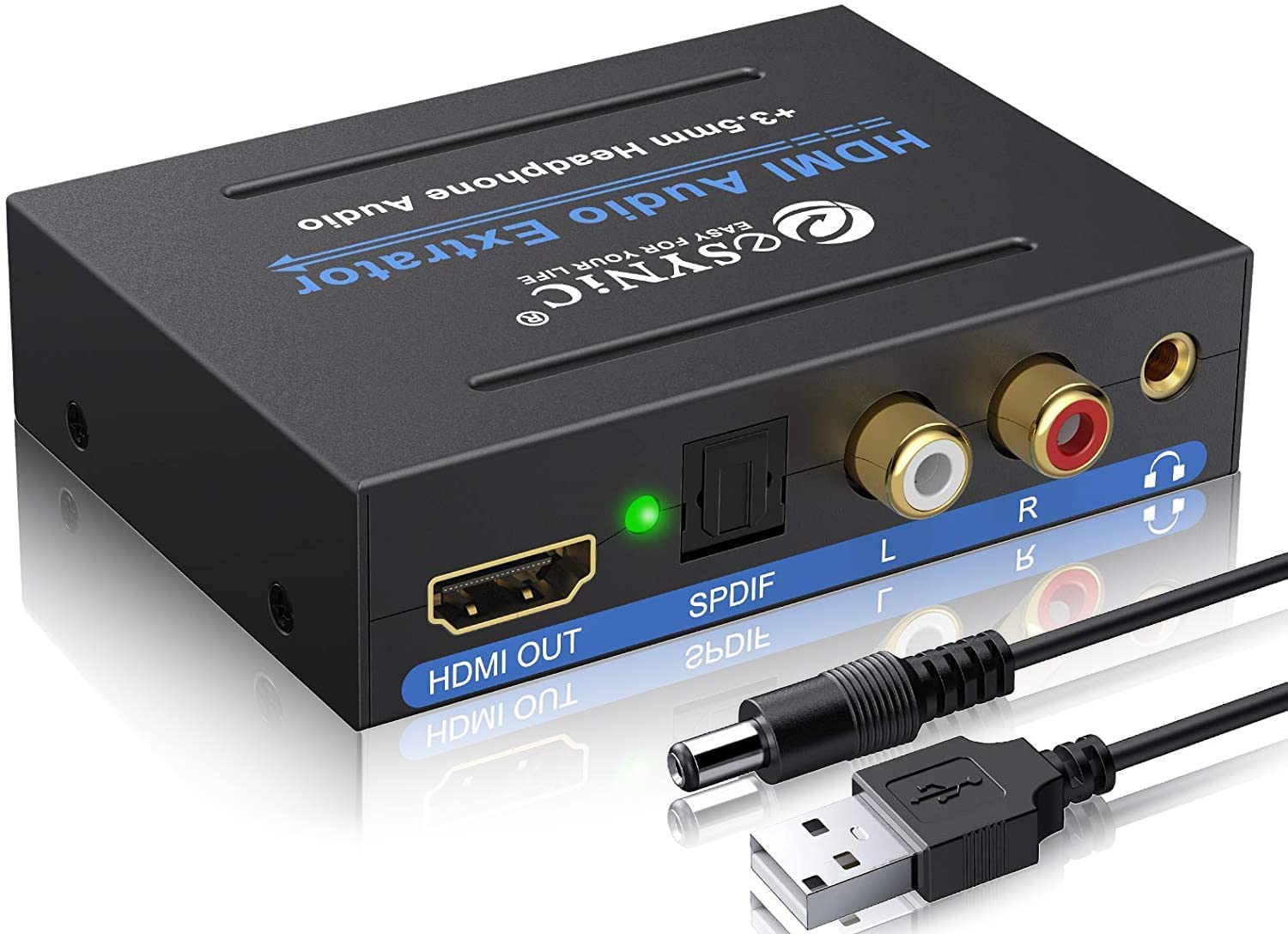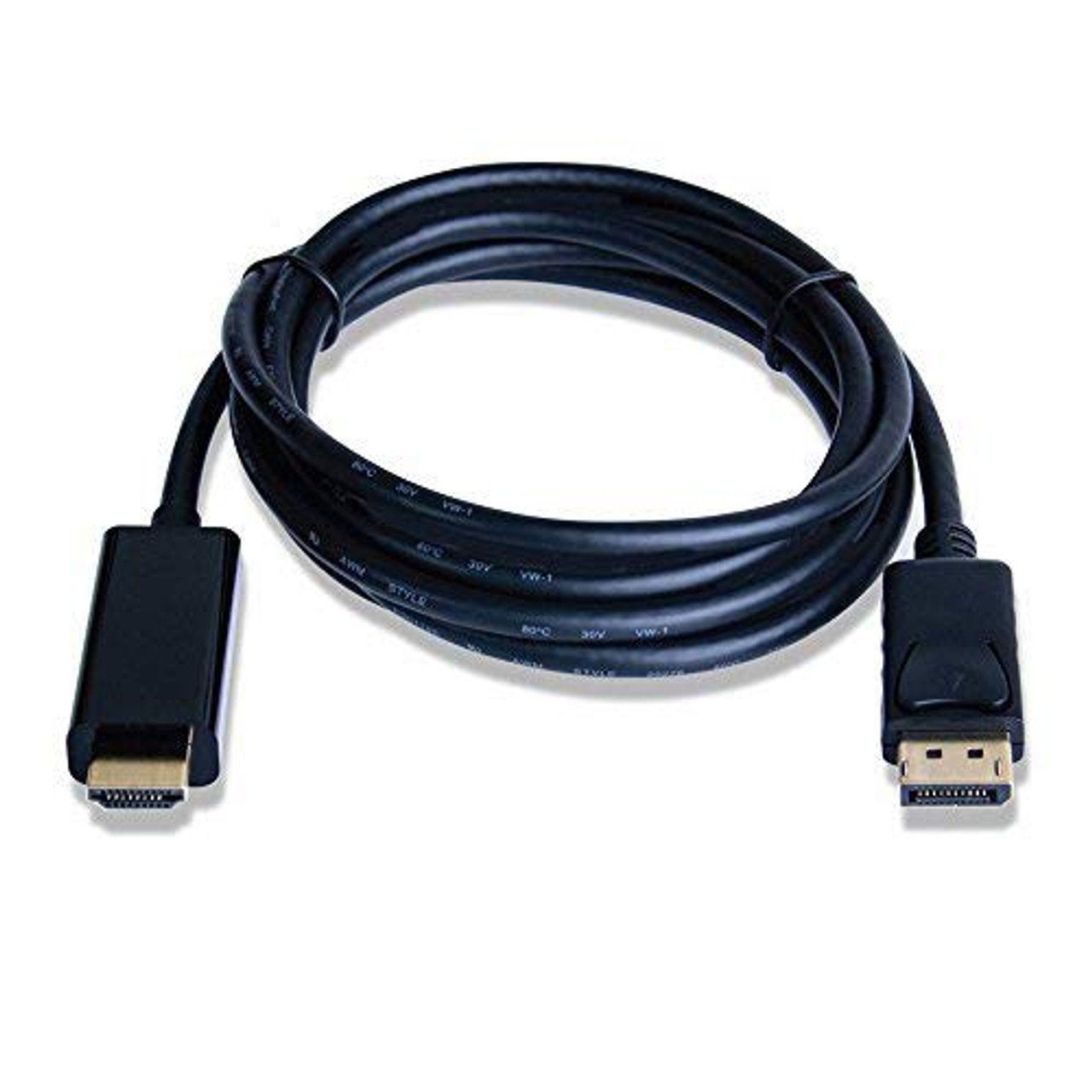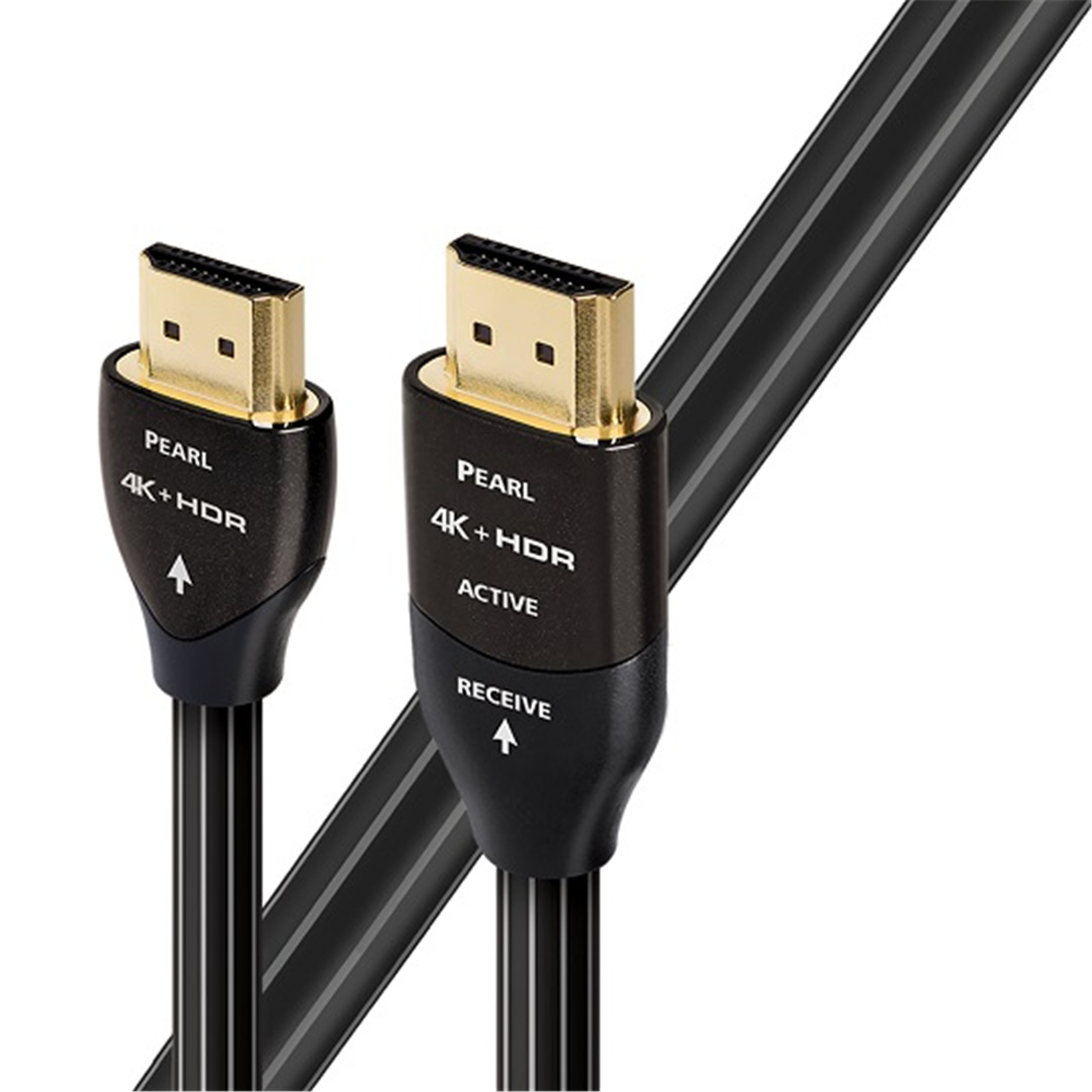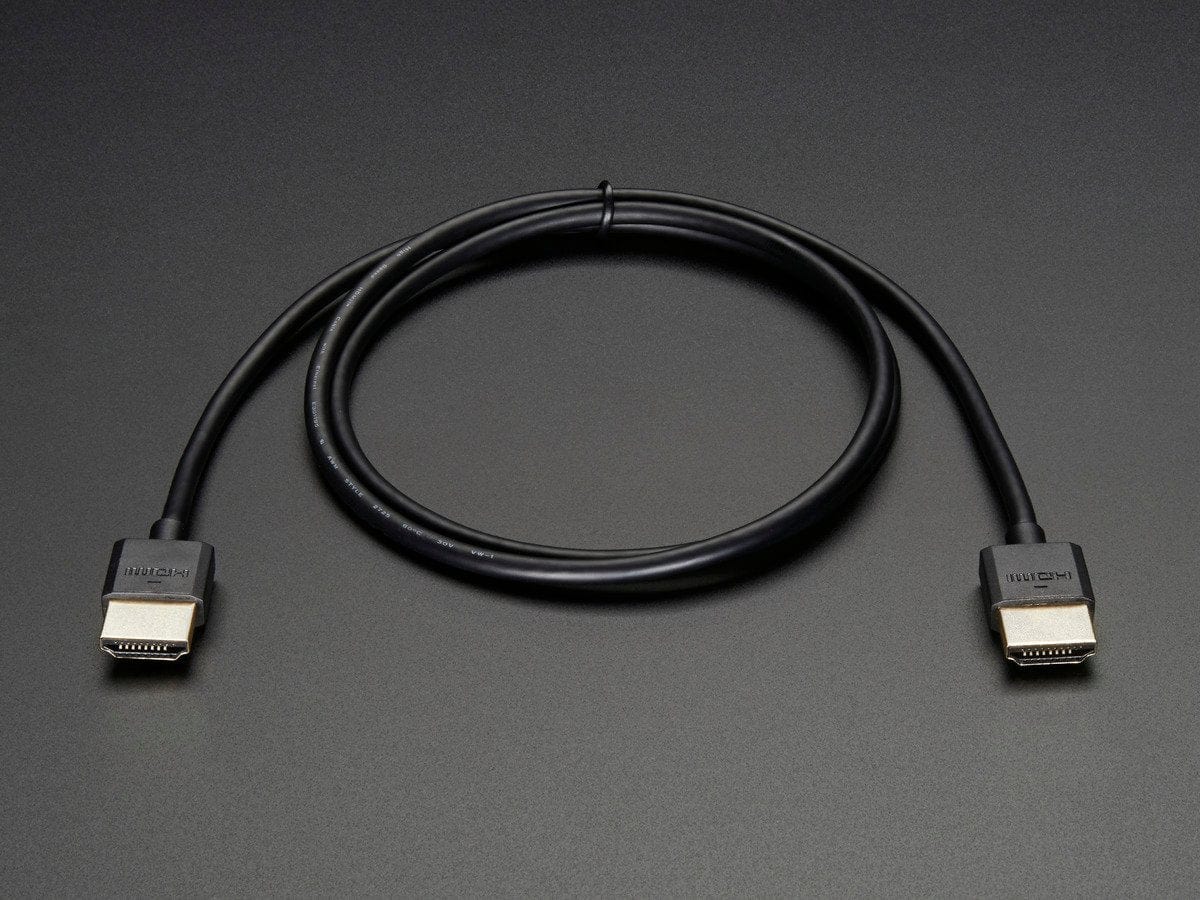Understanding HDMI
HDMI, which stands for High-Definition Multimedia Interface, is a widely used technology for transmitting high-quality audio and video signals between various devices. It has become the standard connection for devices such as televisions, projectors, DVD players, gaming consoles, and sound systems.
HDMI cables carry both audio and video data using digital signals, which ensures a clear and high-definition output. With the rapid advancements in audiovisual technology, HDMI has evolved over the years to support higher resolutions, color depths, and audio formats.
One of the key advantages of HDMI is its simplicity and convenience. Unlike older analog connections such as composite or component cables, HDMI cables transmit both audio and video signals through a single cable, eliminating the need for multiple connections. This not only reduces cable clutter but also simplifies the setup process for users.
Moreover, HDMI is capable of delivering uncompressed and lossless audio and video, which preserves the original quality of the content being transmitted. This ensures a more immersive and lifelike viewing and listening experience.
Another important aspect of HDMI is its compatibility with various video and audio formats. HDMI supports multiple resolutions, ranging from standard definition (SD) to high definition (HD) and even ultra-high definition (UHD) or 4K resolutions. It also supports different color spaces, allowing for accurate and vibrant color reproduction.
Furthermore, HDMI is capable of transmitting multi-channel audio formats, including Dolby TrueHD and DTS-HD Master Audio. This enables users to enjoy high-quality surround sound when connected to compatible audio systems.
Overall, HDMI has revolutionized the way we connect and enjoy our audiovisual devices. Its ability to transmit high-definition video and audio with ease and simplicity has made it a staple in modern home entertainment setups. Understanding the capabilities and benefits of HDMI is essential for getting the most out of your devices and ensuring a superior entertainment experience.
The Evolution of HDMI
Since its inception, HDMI technology has gone through several advancements to meet the increasing demands of consumers and keep up with the latest developments in audiovisual technology.
The first version of HDMI, known as HDMI 1.0, was introduced in 2003. It supported standard definition video and stereo audio, providing an improvement over analog connections. However, as technology progressed and high-definition content became more prevalent, there was a need for HDMI to adapt.
Subsequent versions of HDMI introduced higher resolutions, increased color depth, and enhanced audio capabilities. HDMI 1.3 brought support for 1080p Full HD resolution, deeper color depths, and introduced support for Dolby TrueHD and DTS-HD Master Audio formats. This version also introduced the HDMI Ethernet Channel (HEC) feature, allowing for internet connectivity through HDMI cables.
HDMI 1.4, released in 2009, included support for 3D video and defined the specifications for HDMI High Speed and HDMI Standard cables. It also introduced the Audio Return Channel (ARC), which enabled audio to be sent from a TV back to a soundbar or AV receiver through the HDMI cable, eliminating the need for a separate audio connection.
The advancement continued with HDMI 2.0, released in 2013, which supported even higher resolutions of up to 4K Ultra HD at 60 frames per second. It also introduced support for wide color gamut and increased bandwidth capabilities, allowing for more immersive and visually stunning content.
Subsequent versions, like HDMI 2.0a, 2.0b, and 2.1, have added features such as support for HDR (High Dynamic Range) and innovative technologies like Variable Refresh Rate (VRR), which enhances gaming experiences by reducing screen tearing and stuttering.
The latest version, HDMI 2.1, released in 2017, brings even more impressive capabilities. It supports resolutions up to 10K, refresh rates up to 120Hz, and introduces features like Enhanced Audio Return Channel (eARC) for improved audio performance. HDMI 2.1 is designed to cater to the needs of advanced gaming, streaming, and home theater applications.
With each new version, HDMI has pushed the boundaries of audiovisual transmission, providing users with the ability to enjoy the latest technologies and content formats. As technology continues to evolve, HDMI will likely continue to adapt and innovate to meet the demands of future audiovisual experiences.
What is ARC HDMI?
ARC HDMI, or Audio Return Channel HDMI, is a feature that allows for two-way audio communication between a TV and an audio device, such as a soundbar or AV receiver, through a single HDMI cable.
Traditionally, when connecting an audio device to a TV, a separate audio cable, such as an optical or coaxial cable, was required to transmit audio from the TV to the audio device. However, with ARC HDMI, this additional cable is no longer necessary, simplifying the setup process.
When ARC HDMI is enabled, the TV can send audio signals to the connected audio device, allowing for a more streamlined and streamlined audio setup. For example, if you’re watching a movie on your TV and have a soundbar connected via ARC HDMI, the audio from the TV will be automatically routed to the soundbar, enhancing the audio experience without the need for manual adjustments.
ARC HDMI operates through a specific HDMI port on your TV, usually labeled as “ARC” or “ARC HDMI”. It utilizes the existing HDMI cable infrastructure, so no extra cables or connections are required. However, it’s important to note that both the TV and the audio device must support ARC HDMI for this feature to work.
One key advantage of ARC HDMI is its ability to transmit higher quality audio formats, such as Dolby Digital and DTS, which are commonly used in surround sound systems. This ensures that you can enjoy immersive audio without sacrificing convenience or adding extra cables to your setup.
It’s worth mentioning that ARC HDMI is different from eARC (Enhanced Audio Return Channel), which is a feature introduced with HDMI 2.1. While ARC HDMI supports basic audio formats, eARC offers additional capabilities, such as support for higher quality audio formats like Dolby Atmos and uncompressed 7.1 channel audio. eARC provides an even more advanced audio experience, especially for high-end home theater setups.
To enable ARC HDMI, you’ll need to navigate to the audio settings on your TV and ensure that both the ARC HDMI feature and the audio output settings are correctly configured. If you encounter any issues, troubleshooting steps such as power cycling the devices or checking for firmware updates may be necessary.
Overall, ARC HDMI simplifies audio connections and enhances the audio experience by allowing for seamless communication between a TV and an audio device over a single HDMI cable. It’s a convenient feature that reduces cable clutter and improves the overall audio setup in your home entertainment system.
The Benefits of ARC HDMI
ARC HDMI (Audio Return Channel HDMI) offers several benefits that enhance the audio experience and simplify the setup of audio devices in your home entertainment system.
1. Simplified Connectivity: With ARC HDMI, you can eliminate the need for an additional audio cable when connecting your TV to an audio device, such as a soundbar or AV receiver. This simplifies the setup process and reduces cable clutter, making it easier to install and configure your audio system.
2. Streamlined Audio Control: ARC HDMI allows for two-way audio communication between the TV and the audio device. This means that you can control the volume and other audio settings directly from your TV’s remote control, eliminating the need to juggle multiple remotes or adjust settings on the audio device separately.
3. Enhanced Audio Quality: ARC HDMI supports the transmission of high-quality audio formats, such as Dolby Digital and DTS. This ensures that you can enjoy immersive and cinematic sound when watching movies, TV shows, or playing games without the need for additional audio cables or connections.
4. Flexibility in Audio System Setup: ARC HDMI provides flexibility in choosing the placement of your audio device. With traditional audio connections, the audio device needs to be placed near the TV to accommodate the separate audio cable. However, with ARC HDMI, you can position your soundbar or AV receiver wherever it suits your space and audio preferences, as long as it is connected via the ARC HDMI port.
5. Compatibility with HDMI-Enabled Devices: ARC HDMI is supported by most HDMI-enabled devices, including TVs, soundbars, and AV receivers. This widespread compatibility ensures that you can take advantage of the benefits of ARC HDMI without having to worry about compatibility issues or additional device requirements.
6. Improved User Experience: ARC HDMI enhances the overall user experience by making audio setup and control more user-friendly. With simplified connectivity and streamlined audio control, you can focus on enjoying your favorite movies, shows, or games without the hassle of complicated audio configurations or separate remote controls.
It’s important to note that to fully utilize ARC HDMI, both the TV and the audio device need to support this feature. Additionally, certain limitations can arise, such as limited audio format support compared to newer HDMI versions like eARC (Enhanced Audio Return Channel). However, for most users, the benefits of ARC HDMI far outweigh these limitations, making it a valuable feature in modern home entertainment setups.
How to Use ARC HDMI
Setting up and using ARC HDMI (Audio Return Channel HDMI) is relatively straightforward. Here is a step-by-step guide to help you make the most of this convenient audio feature:
1. Check Compatibility: First, ensure that both your TV and the audio device (e.g., soundbar, AV receiver) support ARC HDMI. Look for the ARC HDMI label on the HDMI ports of your TV and consult the user manuals or specifications of your devices to confirm compatibility.
2. Connect the HDMI Cable: Use a High-Speed HDMI cable to connect the ARC HDMI-enabled HDMI port on your TV to the ARC HDMI-enabled HDMI input on the audio device. Make sure to use an HDMI cable that supports ARC to enable two-way audio communication.
3. Enable ARC HDMI on your TV: Open the settings menu on your TV and navigate to the audio settings. Look for an “ARC” or “HDMI-CEC” option and enable it. The naming conventions may vary depending on the TV brand and model.
4. Configure Audio Output: Once ARC HDMI is enabled, select the audio output to be directed to the connected audio device. This can usually be done in the audio settings menu of your TV. Choose the appropriate audio output option, such as “HDMI ARC” or “ARC,” to ensure the audio is routed to the audio device through the HDMI cable.
5. Configure Audio Device: On your audio device, ensure that ARC HDMI is enabled. Refer to the user manual or settings menu of the audio device to enable ARC HDMI and select the appropriate input for audio playback (e.g., “HDMI ARC” or “ARC”).
6. Test and Adjust: Once the connections and settings are configured, test the audio by playing content on your TV. Adjust the volume using your TV remote control to ensure that the sound is being transmitted to the audio device via the ARC HDMI connection. If necessary, adjust the settings on both the TV and audio device for optimal sound quality.
7. Troubleshooting: If you encounter any issues with ARC HDMI, try power cycling the devices by turning them off and unplugging them from the power source for a few minutes. Additionally, ensure that both your TV and audio device have the latest firmware updates installed. If problems persist, consult the user manuals or contact the manufacturer for further assistance.
It’s important to note that the specific steps and menu options may vary depending on the brand and model of your TV and audio device. Refer to the user manuals or online support resources provided by the manufacturers for detailed instructions tailored to your devices.
By following these steps, you can easily set up and use ARC HDMI to enjoy streamlined audio connections and enhanced audio quality in your home entertainment system.
Troubleshooting ARC HDMI Issues
While ARC HDMI (Audio Return Channel HDMI) offers a convenient way to transmit audio between your TV and audio device, you may encounter some issues during setup or use. Here are some common troubleshooting steps to help you resolve ARC HDMI issues:
1. Check ARC Compatibility: Ensure that both your TV and audio device support ARC HDMI. Refer to the user manuals or specifications of your devices to confirm ARC support and compatibility. If either device does not support ARC, you will need to use an alternate audio connection method.
2. Verify ARC HDMI Connection: Double-check the HDMI connections between your TV and audio device. Make sure you have connected the HDMI cable to the ARC HDMI-enabled HDMI port on both devices. Use high-quality, high-speed HDMI cables that support ARC functionality.
3. Enable ARC and CEC: Access the settings menus on both your TV and audio device to verify that ARC and HDMI-CEC (Consumer Electronics Control) are enabled. HDMI-CEC enables control of connected devices using a single remote control. Sometimes, these settings may be disabled by default, so be sure to enable them for proper ARC operation.
4. Ensure Proper ARC Audio Output and Input Assignments: On your TV, check the audio settings to ensure that the audio output is set to the ARC HDMI port. On your audio device, verify that the input assigned to receive ARC audio is correctly selected. The specific labels and menu options may vary depending on the devices, so consult the user manuals for guidance.
5. Power Cycle the Devices: Turn off both your TV and audio device, then unplug them from the power source. Wait for a few minutes, then plug them back in and power them on. This can help reset the devices and resolve any temporary glitches that may be interfering with ARC HDMI functionality.
6. Update Firmware: Check for firmware updates for both your TV and audio device. Manufacturers often release firmware updates to address bugs or improve compatibility. Visit the manufacturer’s support website or consult the user manuals for instructions on how to update the firmware.
7. Try Different HDMI Ports: If you’re experiencing issues with one HDMI port, try using a different ARC HDMI-enabled HDMI port on your TV. Some TVs have specific HDMI ports dedicated to ARC functionality, so ensure that you are using the correct port.
8. Reset to Factory Settings: As a last resort, you can try resetting both your TV and audio device to their factory settings. This will erase all custom settings and configurations, so make sure to note any personalized settings before proceeding. Consult the user manuals or contact the manufacturers for specific instructions on performing a factory reset.
If you have tried these troubleshooting steps and are still experiencing issues with ARC HDMI, consider contacting the manufacturers’ customer support for further assistance. They will be able to provide specific guidance based on the make and model of your devices.
Remember that ARC HDMI functionality can vary between different TV and audio device combinations. It is always recommended to consult the user manuals and support resources provided by the manufacturers for the most accurate troubleshooting steps.
Conclusion
HDMI (High-Definition Multimedia Interface) and its accompanying feature, ARC HDMI (Audio Return Channel HDMI), have revolutionized the way we connect and enjoy audiovisual devices in our homes. HDMI provides a simple and high-quality solution for transmitting both audio and video signals between devices, while ARC HDMI offers the added convenience of two-way audio communication between a TV and an audio device using a single HDMI cable.
Through its evolution, HDMI has continuously adapted to support higher resolutions, color depths, and audio formats, ensuring a superior audiovisual experience. The benefits of ARC HDMI are numerous, including simplified connectivity, streamlined audio control, enhanced audio quality, flexibility in audio system setup, and compatibility with HDMI-enabled devices.
Using ARC HDMI involves connecting the devices through an ARC HDMI-enabled HDMI port, enabling ARC HDMI in both the TV and audio device settings, and configuring the audio output and input assignments correctly. Troubleshooting ARC HDMI issues may involve checking compatibility, verifying connections and settings, power cycling devices, updating firmware, and trying different HDMI ports.
While ARC HDMI offers convenience, it is worth noting that more recent versions of HDMI, such as eARC, provide additional benefits and support for higher quality audio formats. It is essential to check the capabilities of your specific devices to ensure compatibility with ARC HDMI or explore the possibilities of upgrading to newer HDMI versions.
In conclusion, HDMI and ARC HDMI have transformed the way we connect and experience audiovisual content in our homes. By understanding the capabilities and benefits of HDMI and utilizing ARC HDMI effectively, we can enjoy immersive and high-quality audio experiences while simplifying our audio setup. Whether it’s watching movies, playing games, or enjoying music, HDMI and the convenience of ARC HDMI enrich our entertainment in ways that were not possible with older audiovisual connections.







